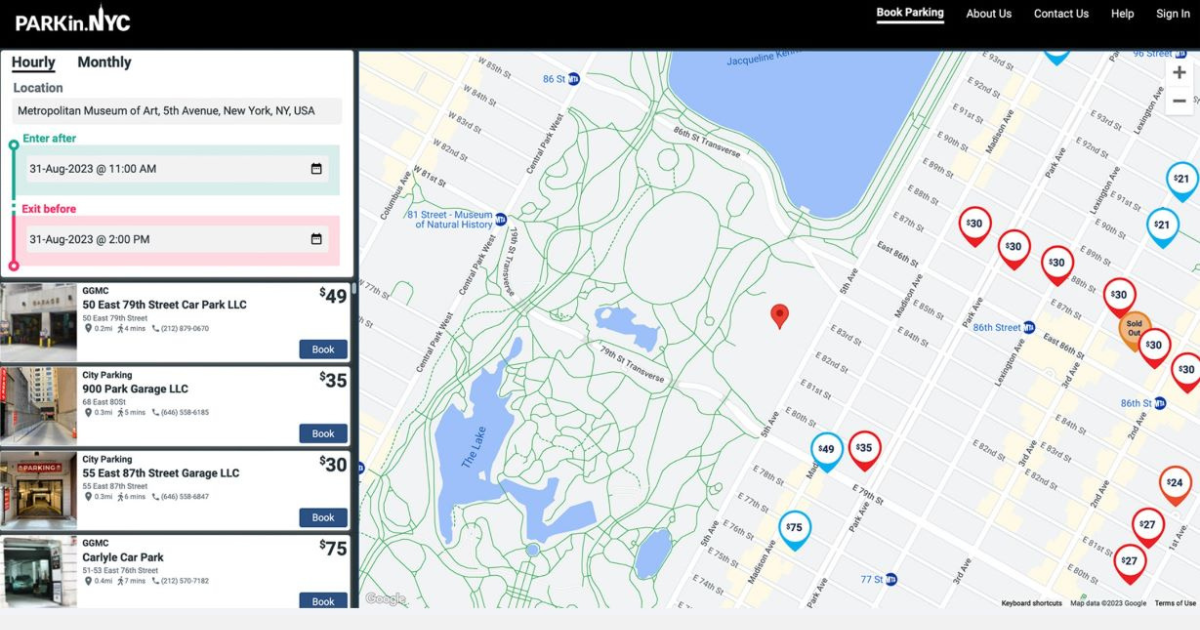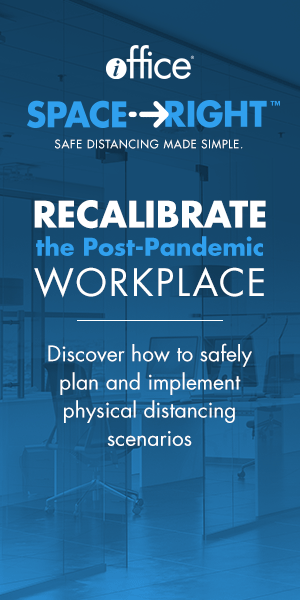Cloud Architecture Matters: Are You Future-Proof Ready?
Vito Solimene, CTO, REMLogics

The cloud technology and real estate management (REM) software landscapes are changing more rapidly than ever before and it’s hard to keep up with what’s coming next. Many CIOs are finally breathing easier now that the cloud has taken hold as a standard in the real estate industry after years of concern over security, platform reliability, integrations, disaster recovery, and access to data 24/7.
Surprisingly, there are still technology laggards out there operating their critical enterprise resource planning (ERP) and REM applications on custom-built legacy and on-premise systems that have no future. They are only now looking to go to the cloud two decades after Salesforce introduced the software as a service (SaaS) model back in 1999 (1).
Other industries were early adopters of the cloud, but it took our industry over a decade after the launch of Salesforce to finally start embracing the cloud – mainly because many ERP REM software vendors were built on old technology platforms that weren’t easily adaptable to the cloud. The only way for these vendors to get to the cloud was to rewrite/recode their applications or acquire the technology to get there. So, if you are already on the cloud or looking to go to the cloud you must consider these questions: What happens when the next wave of cloud technology comes? Will I be ready? Am I already behind? How can I tell if I’m using the right cloud architecture?
CLOUD ARCHITECTURE MATTERS
Cloud architecture matters because not all clouds are created equal and knowing the difference is key to your success. ERP REM software vendors have been touting the term “future proof” over the past year. But what does future proof really mean and how can you tell if a cloud vendor’s foundation is based on a future proof platform? Here is a list of considerations when evaluating a cloud solution.
1. SaaS applications architected from the ground up in the cloud on top of a powerful development platform. There are benefits to using a solution that was built from the ground up in the cloud versus using one that is essentially a warmed-over hosted solution. Truly architecting for the cloud means you can take advantage of features like true multi-tenancy, lower cost of ownership, elastic scaling and a stateless architecture.
Having access to the same platform on which your applications were built eases the deployment of custom solutions. No/low code platforms have been growing in popularity over the last several years because of the ease of use and speed of development. The idea is that customizations can be made by business practitioners, thus freeing up IT to be more productive. To date very few vendors have built an enterprise grade solution on a no/low-code platform, but the value of using the same platform on which your applications were built for custom work is apparent: consistent software solutions and a unified, homogenous environment.
2. Metadata is the heart of future proof. When metadata is decoupled from the technology, it remains implementation agnostic. This separation can insulate companies from technology changes because it is up to the vendor to expose those changes without impacting the applications. The metadata is a protected blueprint for what you want your ERP REM software to do so when technology or feature-driven requirements are implemented in the platform those changes must not impact the metadata – only the platform layer. When a platform is truly future proof and the application investment is protected, there is no barrier to the uptake of new technology changes and features. Your software will always be “modern.”
3. Only a single set of interfaces. There shouldn’t be a runtime and integration version of your system, but only a single set of standards-based RESTful interfaces. This ensures that outside parties will integrate into your system using the same REST endpoints as the user interface. Regardless of the interface consumer, validations and security rules would apply the same way for consistent results, secure access, and no transactional inconsistencies.
4. Server architecture matters. A 100% stateless server architecture is one of the most critical aspects of being truly cloud-ready. Statelessness enables servers to be stopped, started, and elastically scaled without any impact to the client. This allows your vendor to approach zero downtime in updates and upgrades and seamless failover in the event of disaster recovery.
5. A complete solution. From a full application suite to a powerful enterprise-grade platform, the more complete the solution out-of-the-box, the better. Your ERP REM software vendor should understand what it takes to build and deliver mission critical solutions to businesses. Here are some criteria to evaluate before determining if a vendor’s solution is truly enterprise-grade and complete.
- Development tooling, reporting, business logic
- Workflow, security, application navigation
- Data migration tooling (in and out)
- Customizations and extensions
- Automated testing solution
- Dashboard, visualizations
- Documentation tooling
- Internationalization, localization and support for multiple currencies
6. Modern User Interface. Modern web user interfaces must be attractive, easy-to-learn, easy-to-use and navigate, but they also must be architected properly. Single page applications leverage the power of the browser and the local computing horsepower where they run. They should avoid server roundtrips to serve page content to the user efficiently.
The user interface should support multiple device form factors and layouts without any application rework. Consistency, predictability and discoverability are also an important part of a modern web interface. Finally, a user interface should delight its end users, it should be good looking and engaging.
CONCLUSION
Cloud technology will continue to evolve and drive even more innovation for years to come. If built on an architecture with these six platform components, you will be future proof and ready for what comes next.
_______________
(1) “Behind the Cloud” by Marc Benioff, Copyright ©2009, Wiley-Blackwell, 1st edition
This Week’s Sponsor
When you succeed, we succeed. That’s why REMLogics is focused on helping you stay ahead of what’s next in the ever-changing real estate and technology landscapes. As your partner, we’ll help predict your future so you can innovate your way beyond the cloud with our enterprise Real Estate Management SaaS and no-code development PaaS. To learn more visit us at www.remlogics.net.
Read Next
 3/27/2025
3/27/2025
The Convergence of Edge Computing, Cloud, and AI in Building Automation and Smart Buildings In the built environment, we have seen the convergence of Operational Technology (OT) and Information Technology (IT), later expanding to include Workplace Technologies (WP).
 3/27/2025
3/27/2025
DC Power: A Holistic Approach to Energy Savings in Commercial Buildings In today's energy-conscious world, businesses constantly seek ways to reduce their carbon footprint and operational costs.
 3/13/2025
3/13/2025
How to Achieve Eco-Friendly Facility Management Commercial real estate operators and facility managers are focusing on sustainable practices to minimize environmental impact, create healthier workplaces, improve productivity and lower operational costs.
 1/23/2025
1/23/2025
When It Comes To Managing Properties’ Parking, Technology Is Key It’s easy for developers and real estate owners to think of parking as a necessary evil. They know they have to provide it (often, because it’s mandated by code), they understand that prospective tenants and buyers expect to be provided parking, but they haven’t figured out how to maximize its value.








.gif)



